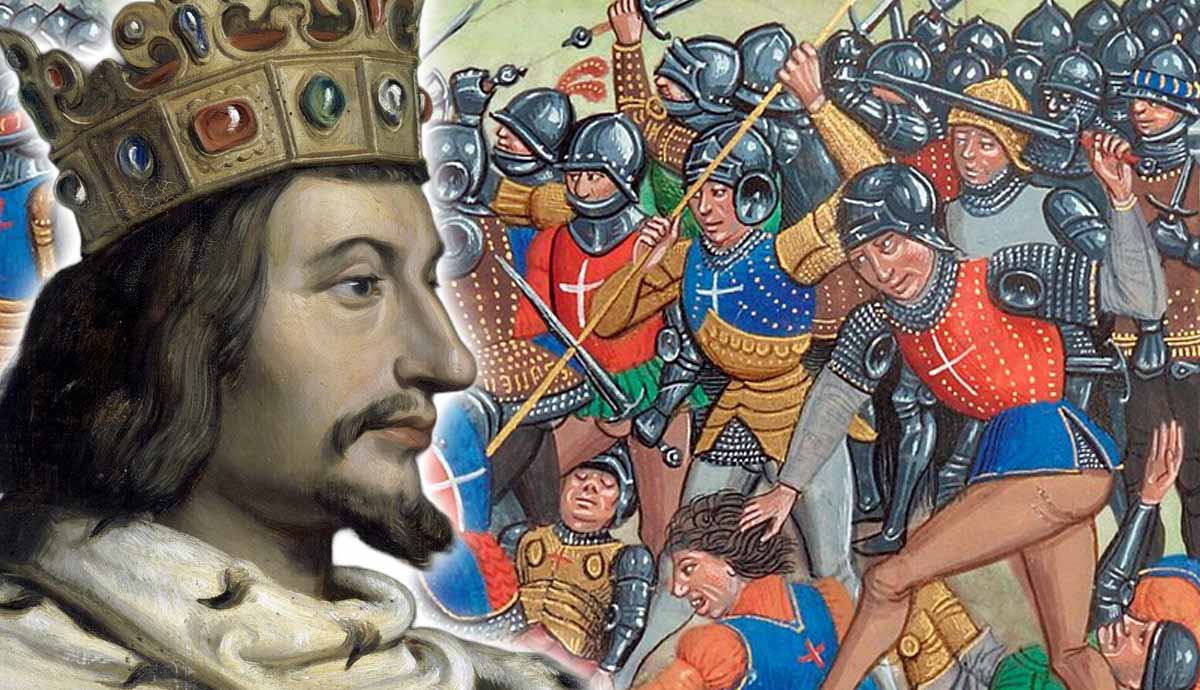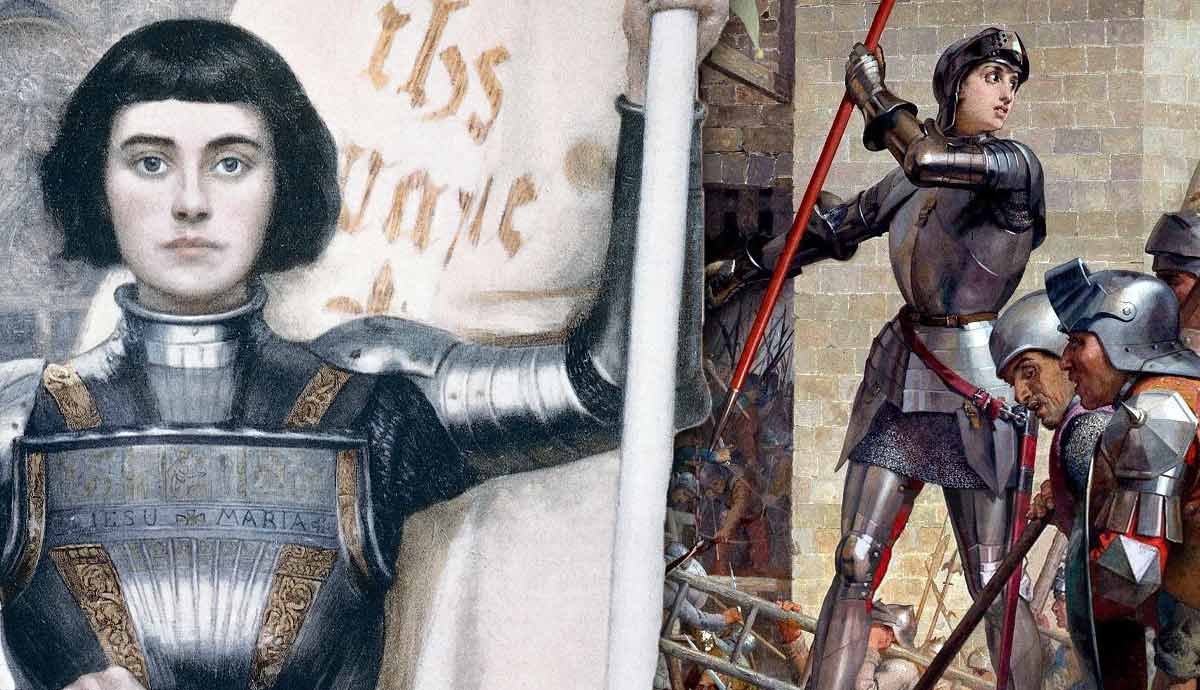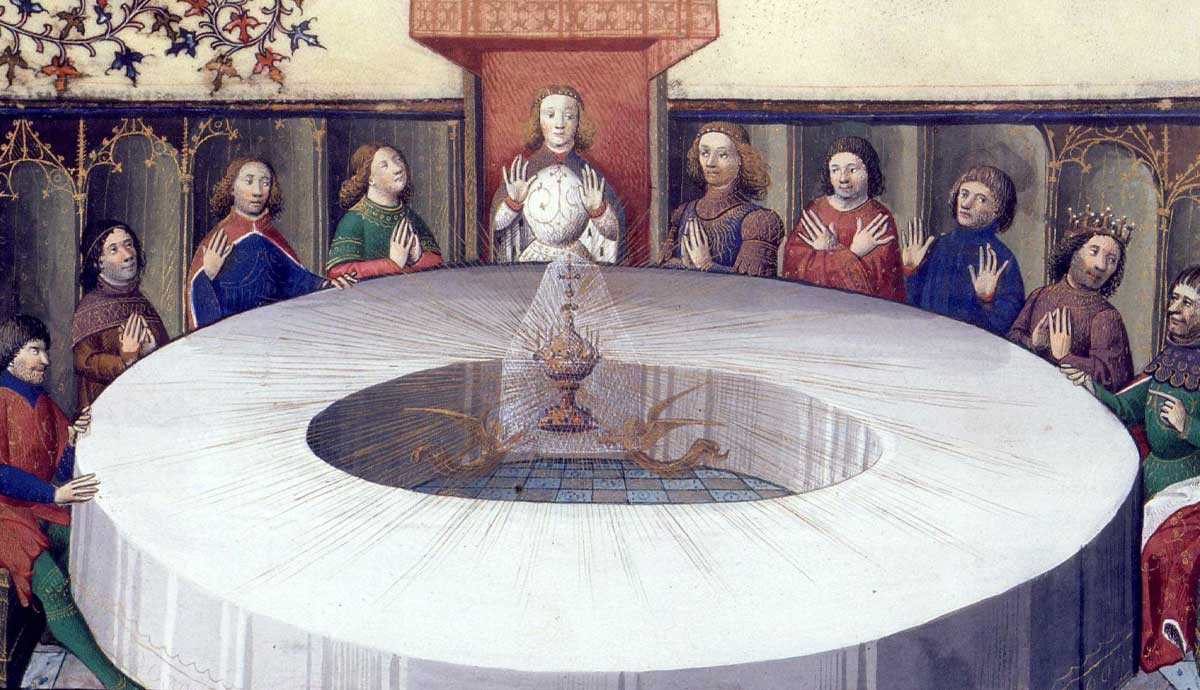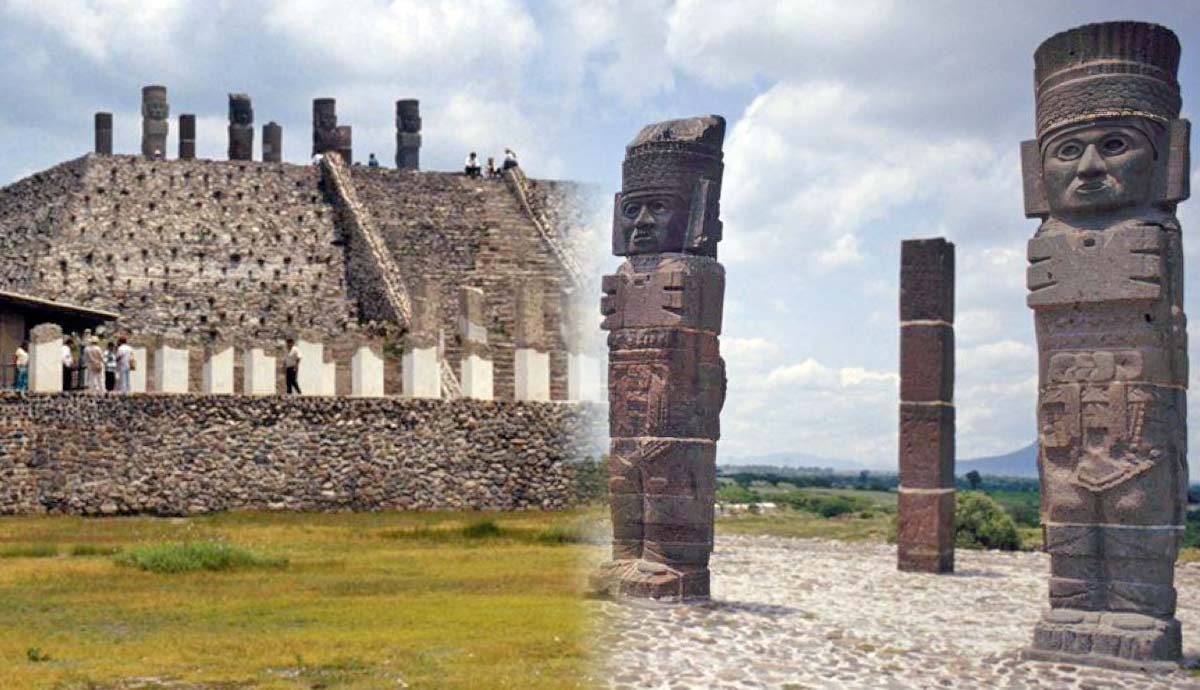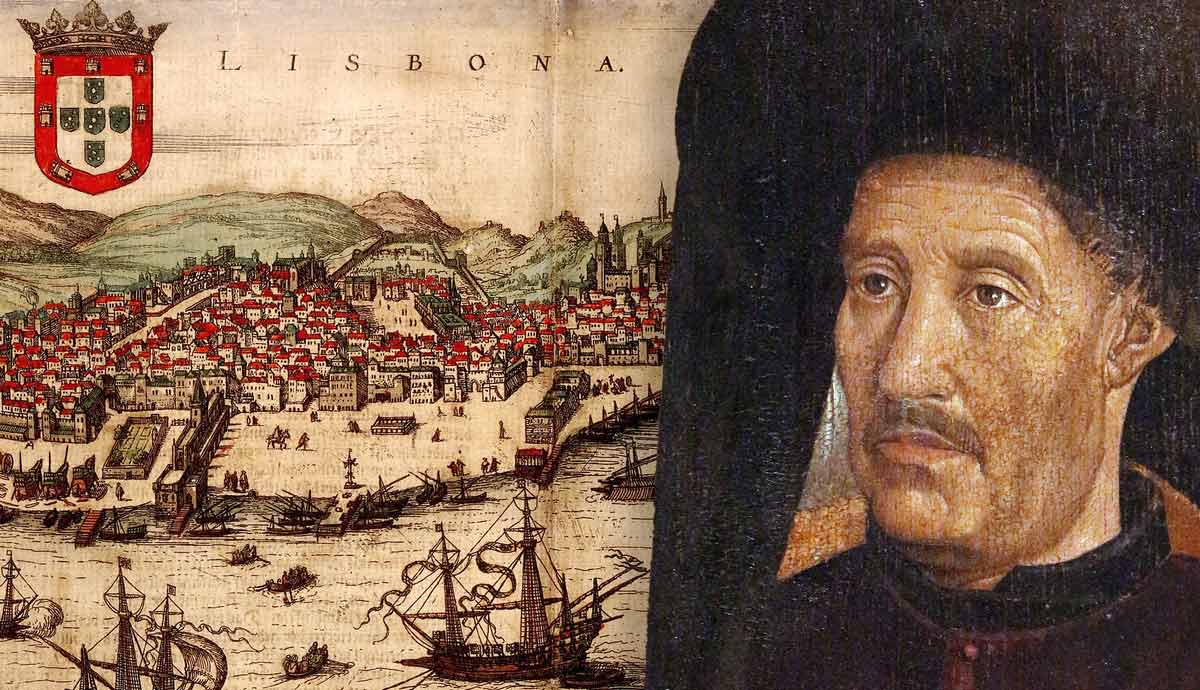
The late Middle Ages and the Early Modern period saw the “Age of Exploration” really come into play, from a Eurocentric viewpoint. Some of the biggest names in history are to be found in this period: Christopher Columbus, Vasco de Gama, Marco Polo, and perhaps a man that you’ve never even heard of: Henry the Navigator. This Portuguese explorer helped to establish Portugal as a global power in the 15th century, and in the article below we will discover all there is to know about this incredible man.
Henry the Navigator’s Early Life

Henrique, Duke of Viseu, was unsurprisingly born into Portuguese royalty. His father was the Portuguese King John I (r. 1385-1433), and his mother was Philippa of Lancaster—a member of the English royal family, her father being John of Gaunt (Edward III’s fourth son, thus making Philippa of Lancaster a granddaughter of King Edward III of England, and young Henry a great-grandson of the legendary English king).
Henry was born on March 4, 1394 and was the third surviving son of John I and Philippa of Lancaster. It is presumed that he grew up in and around the Portuguese city of Porto.
Henry’s first fore into exploration was when he was aged 21; with the help of his brothers and father, he captured the Moorish port of Ceuta on August 21, 1415, which had been a home to the Barbary Pirates for a number of years. The pirates used this port as their base from which to attack many of the coastal cities of Portugal and they depopulated entire villages and sold people into the African slave trade. Capturing the city for Portugal was thus a huge win for young Henry.
It was this initial success that inspired young Henry to explore further. His primary objective was to explore the African coast, in search of the legendary kingdom of Prester John—a Christian semi-legendary king who was said to rule over a lost Christian nation in the Orient.
At this time, Europeans knew very little about Africa, and Henry was determined to find either Prester John or the source of the African gold trade. And he never looked back—becoming an explorer who would go on to discover sights far beyond even his own imagination.
Funding Henry’s Adventures

Although Henry was born into the nobility, he still had to find a valuable source of income to be able to fund his exotic travels.
In 1419, Henry’s father appointed him as Governor of the Algarve, the southern region of Portugal which borders the Atlantic Ocean. This helped to fund Henry’s expeditions as he held a monopoly on tuna fishing in the Algarve. A year later, his father made him the governor of the Military Order of Christ, which was Portugal’s answer to the succession of the Knights Templar; Henry would hold this position as governor for the rest of his life, and it became an important source of income for him.
These two appointments were key in funding Henry’s explorations, but he was also well-versed diplomatically, too. His second brother, Peter, Duke of Coimbra, embarked on a tour of Europe, and Henry asked him to bring him any geographical materials back that he could and he returned with a map of Venice. All of these notions went on to inspire Henry to travel and discover what lay beyond the borders of Portugal.
John I died in 1433, and Henry’s eldest brother was crowned King Edward of Portugal. He granted Henry all profits from trading within the areas he discovered, as well as the authorization to go on expeditions beyond Cape Bojador in the Western Sahara region. Edward died in 1441, and Henry then supported the efforts of his next brother, Peter, in his regency during the minority of Edward’s son, the future King Afonso V. Henry received a confirmation of this levy for his support.
Portuguese Exploration Efforts

During Peter’s regency, he supported Portuguese maritime exploration and expansion in both Africa and the Atlantic Ocean. It was during this regency that Henry promoted the colonization of the Azores, a group of islands in the Atlantic Ocean, which are still under Portuguese control today.
Much of the Portuguese Empire’s early exploration efforts were centered on the western coast of Africa, and thanks to Henry’s control over the Algarve, this gave him a prime spot from which to base his exploration attempts.
As part of his exploration efforts, Henry employed a number of cartographers, who helped map out the West African coast. Much of modern-day Mauritania was mapped out by Henry the Navigator long before other European explorers had even visited the continent.
The Logistics of Exploring in the 15th Century

For a man who was called “the Navigator,” the ships that Henry sailed in were remarkably small. They were called caravels and were used as they were light and easy to control and maneuver—and most of the voyages that Henry undertook only used one or two of these ships. They were much smaller than the ships used by his Chinese contemporary, Zheng He.
It was during this time period that Portuguese navigators—including Henry—began to understand oceanic wind patterns, and it was this understanding that helped spur Henry’s exploration efforts. It was the understanding of these wind patterns that was crucial for the success of the exploration of the New World, as well as the slave trade in later centuries.
Naturally, Portugal’s main rivals at this time were Spain and particularly the Castilian monarchy. One of the first areas that Henry ordered to be colonized was Madeira, a small island not far from both Africa and Portugal, and it was largely in response to Spain’s colonization of the Canary Islands that Henry ordered the colonization of Madeira.
Nevertheless, Madeira would soon become a key colony for the Portuguese and a strategic location from which they could organize expeditions. Most historians agree that it was around 1420 that Madeira was colonized fully by the Portuguese. Like the Azores, it is still under Portuguese rule today.
The Portuguese in Africa

As mentioned earlier, western Africa was a key area for the Portuguese. Much of Mauritius’s coastline had been mapped out by Henry’s cartographers, but there was still much more of this vast landmass for the Navigator to explore.
Until 1424, Cape Bojador (on the western coast of the Sahara Desert) was the most southerly point of Africa that European explorers had reached by boat. It was rumored that the end of the world lay beyond the Cape and that the waters were treacherous and filled with ungodly sea monsters, simply waiting for unknowing sailors to sail into their watery lairs.
However, Henry was determined to find out the truth. Over the course of the next decade, he sent 15 expeditions to go beyond the Cape, with each of them returning unsuccessfully, with a myriad of excuses.
However, in 1434, Gil Eannes became the first European explorer to go south of the Cape in almost 2,000 years, when Hanno (a Carthaginian explorer) had done so.
It was largely thanks to the caravels that the Portuguese were able to go further—Cape Blanco (a peninsula between Western Sahara and Mauritania) was reached in 1441, and two years after that the Portuguese sighted the Bay of Arguin, which is also in modern-day Mauritania. By 1448, the Portuguese had set up a trading fort on the island.

In 1444, another Portuguese explorer (Dinis Dias) saw the Senegal River, and by this point, the Portuguese had passed the southern boundary of the Sahara. This was one of Henry the Navigator’s earliest goals that he had finally achieved: Portugal had passed the Muslim-ruled lands of the Sahara and thus had a route into Africa without having to go through the Muslim-controlled Sahara.
This meant that Portugal had officially circumnavigated the Sahara Desert, and as a result, both slaves and gold began pouring into the country. Algiers and Tunis (the modern-day capitals of Algeria and Tunisia, respectively) suffered greatly from this discovery, while the Portuguese Empire and economy boomed, and became incredibly rich almost overnight.
Between 1444 and 1446, almost 40 vessels sailed from Lagos in the Algarve on Henry’s behalf, and mercantile expeditions began.
Another Portuguese explorer, Alvise Cadamosto, became the first recorded European to reach the Cape Verde islands off the coast of western Africa, which he claimed for Portugal, which he did so in 1456. This was the last major Portuguese discovery in Africa before Henry’s death aged 66 in 1460.
Henry the Navigator’s Legacy

It is easy to see the influence that Henry had on Portuguese exploration, including the influx of gold and slaves into the Portuguese Empire. Portugal became one of the first European nations to have a grip on Africa before the Scramble for Africa in the 18th and 19th centuries.
Henry’s status as a member of the Portuguese royalty undoubtedly helped his cause, but he was diplomatically intelligent enough to know who to support and when, and utilizing his resources carefully and wisely.
Henry the Navigator’s biggest legacy was the expansion of the Portuguese Empire, which would not have happened when it did if it was not for Henry. For example, by 1462, the Portuguese had reached as far as modern-day Sierra Leone on the West African coastline. In 1490, Bartolomeu Dias successfully proved that Africa could be circumnavigated when he reached the Cape of Good Hope (the most southerly point of Africa). Just eight years after this discovery, another great Portuguese explorer, Vasco da Gama, became the first European sailor to reach India by sea.
It is little wonder that even today, Henry is regarded as the patron of Portuguese exploration.


